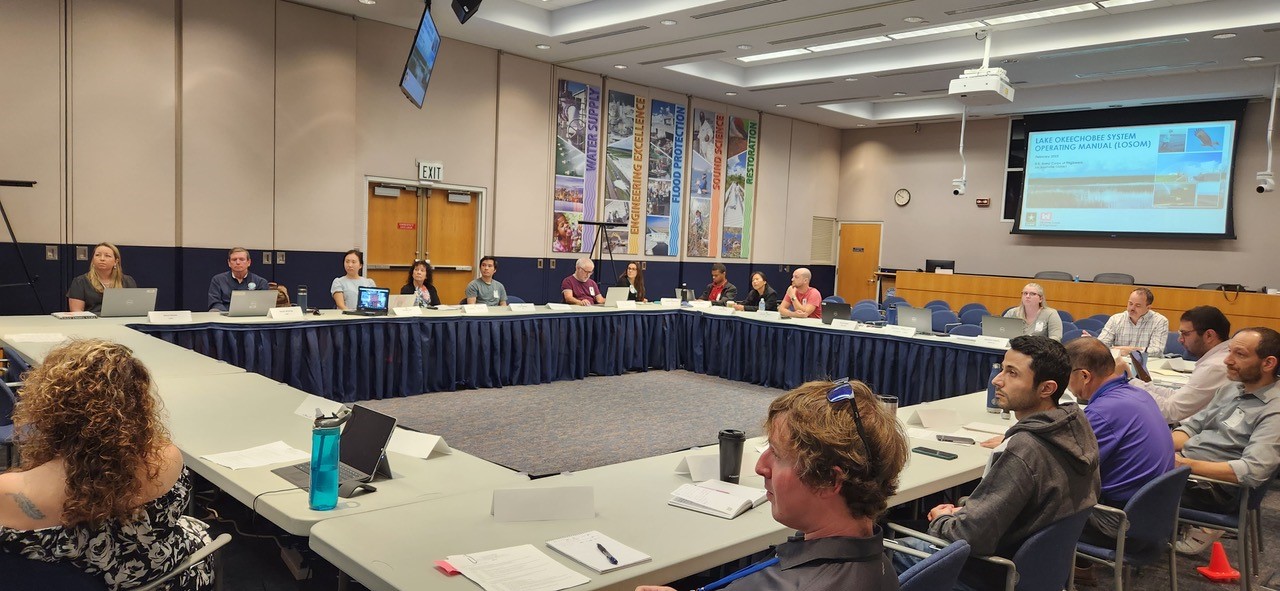In February, researchers from four institutions across Florida began work on a multidisciplinary project to better predict and manage harmful algal blooms (HABs) in Lake Okeechobee and the St. Lucie and Caloosahatchee River estuaries. The goal of the $2.5 million project, funded by the U.S. Army Corps of Engineers (USACE), is to develop an advanced operational tool that supports the USACE in timing Lake Okeechobee discharges to the St. Lucie and Caloosahatchee rivers and south to the Everglades in order to reduce the impacts of HABs.

The University of South Florida, University of Florida (UF), the South Florida Water Management District (SFWMD) and the Florida Department of Environmental Protection are involved in this effort. The UF team includes Professors David Kaplan, Ph.D, Maitane Olabarrieta, Ph.D., Elise Morrison, Ph.D., Edward J. Phlips, Ph.D., along with Wendy Graham, Ph.D and Paloma Carton de Grammont, Ph.D., of the UF Water Institute and Lisa Krimsky, Ph.D., regional water resources extension agent from the UF Institute of Food and Agricultural Sciences (UF/IFAS). The partners bring expertise in water resources modeling, water quality monitoring, physical oceanography, HAB source tracking and prediction, and stakeholder engagement to find solutions that improve Florida’s water quality.
During a two-day workshop in February, the group met with scientists and decision-makers from the USACE, SFWMD, and Florida Department of Environmental Protection to refine project objectives and specifically target the needs of environmental managers.
“One thing we heard very clearly was that, despite all of the existing models and data out there, the Army Corps still needs more scientifically supported information to make the best decisions on lake discharges,” said Kaplan, “So the HAB forecasting tools and water quality monitoring that our team is producing are of tremendously high value.”
The three-year project runs through the end of 2025.
—
By Megan Sam
